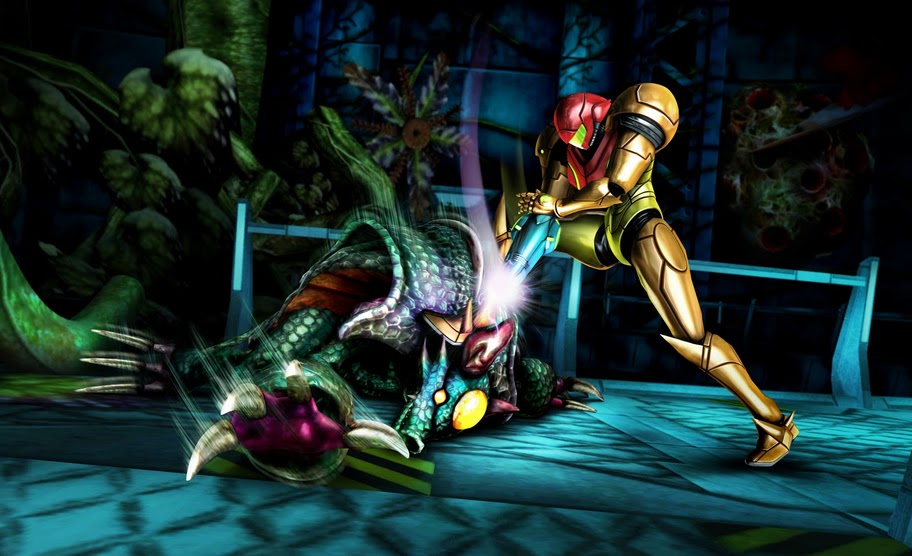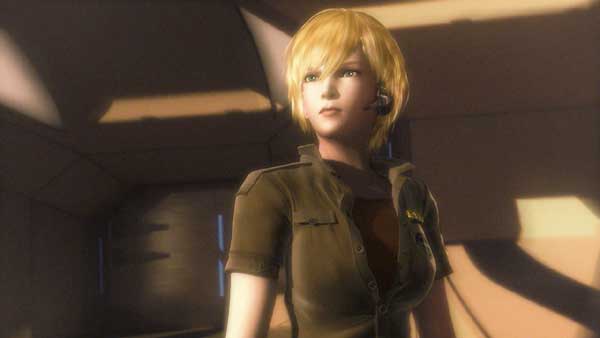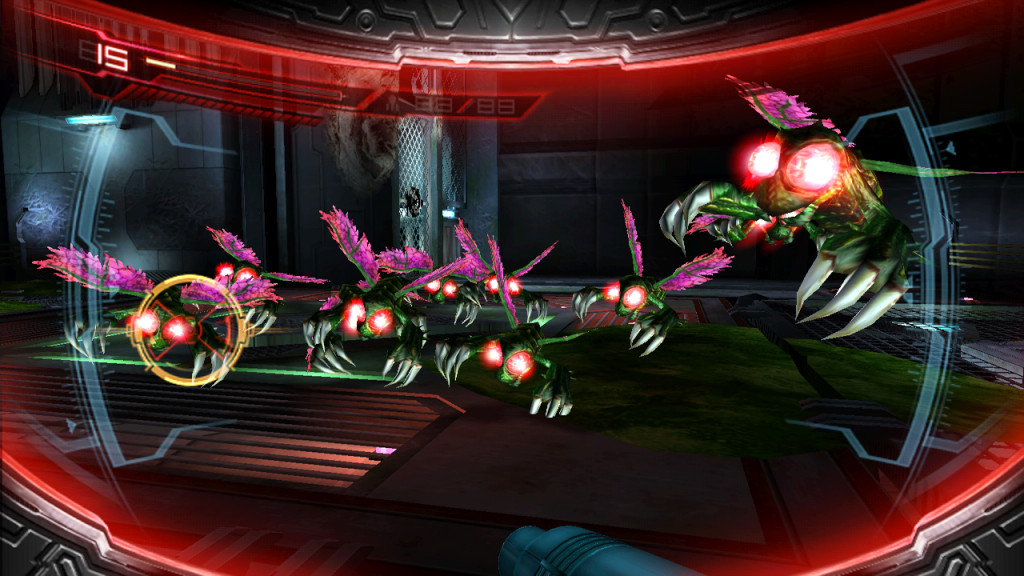Last updated on February 7, 2014
How much should someone’s preconceptions of a particular franchise and its media decide its critical status? If anything, this is the primary question of Metroid: Other M. To call fan reaction to this experimental joint anything but “mixed” certainly expresses something on the part of the speaker rather than the game.
Some believe that Yoshio Sakamoto, producer of nearly every main entry in the series, ruined Metroid forever by letting Samus talk and speak. Many compared her to a young child looking for a father figure, rather than the stone-cold voiceless bounty hunter they perceived as Samus Aran. In any event, jeremiads about the story and minor flaws tended to eclipse an otherwise solid combat-action game with exploration elements. You might compare it to the utter confusion that the scribes and priests felt when hearing that the Messiah came to Bethlehem.
7 Then Herod secretly called the magi and determined from them the exact time the star appeared. 8 And he sent them to Bethlehem and said, “Go and search carefully for the Child; and when you have found Him, report to me, so that I too may come and worship Him.”
Matthew 2
For a guy so excited, supposedly, to see the Messiah, he makes other people go investigate first. A perfectly logical response, you’d say, for a man in the realms of power, but how could a follower of the Jewish law resist the possible rumblings of a prophecy? Herod sees Jesus as a threat to his power, and when he kills all the small children in the surrounding area, we do not find ourselves surprised at this turn of events.
Most pop culture icons work in the same way; we find ourselves with a particular devotion to something, and the moment something new comes into the picture, we must reject it outright. Other M especially suffers from this. I did not know a “Metroid lore” existed, or even that so many people cared about certain elements, but Other M threw fanboys into a froth of rage. They felt they were owed something different, and could not look past their lack of power in the process of creation.
Of course, if they could look past their devotion and see the product as it was, perhaps they would enjoy it more! Psychological projection does wonders for making us enjoy things less, doesn’t it? Really, I found no problems with the story at all.The plot provides context for the game’s science fiction presentation, and that’s always been the case with Metroid; Other M just follows the more cinematic template of more recent video game ventures.
I’m more concerned with the game’s mechanics. Team Ninja could certainly spruce up the combat a bit; if you weren’t expecting something different from a new developer, than you dived into this game with false hopes and false expectations. Fundamentally, Other M plays like a linear Metroid game (more Fusion than Prime, though definitely in the same vein as more recent Metroid games), but it plays around with established series mechanics. In no way does it surprise anyone that most believed a sequel to Super Metroid should, you know, play like it, but they truly missed out on some excellent fun due to their stubbornness.

Thankfully, the creators of Dead or Alive and the modern Ninja Gaiden reboot don’t disappoint in providing that fun. Rather than the slow-paced, almost contemplate shooting and exploration of previous Metroid games, Other M turns things fast and furious. Mostly presented in 3rd person with static camera angles, the developers provide you with less focus on exploration in lieu of a active combat dodging system, a variety of ways to take down enemies, and an unorthodox control scheme but becomes second nature over time. All of these creatively use Metroid tropes and discoveries to augment the combat, and not so much the exploration.
Of course, that element of solving strange puzzles to find hidden items still exists, thus giving you an incentive to kill all the enemies in the room (it does reveal if items still remain in that room). That’s a far better way to mete out items than buying them at a shop, that’s for sure!
As well, the structure of the game itself fits into the combat mold, with only 3-4 clearly defined areas marked both by number and theme. Section 1 hits your usual “alien jungle” Metroid beat, while Section 2 goes for ice world (Metroid Fusion influence, I suspect) and Section 3 for fire world (a.k.a. Norfair). Backtracking occurs, of course, but that backtracking generally leads you to expansive new areas which reward the use of your new ability set without patronizing you with a big red radar indicator. There’s one area after that which plays with series tropes, but I’d rather not spoil it. In any event, the areas remain small and identifiable enough with the same stringing elements that let your proceed from area to area, as well as ability gating. There’s no surprise here, but what’s not broken shouldn’t be fixed.
In a similar vein, using Samus’ beam weapons functions in the standard way. Since Other M exists in a strange middle space between 2D and 3D, she auto-targets enemies with those shots, charged and not. Somehow, Team Ninja makes movement in a 3D space with an NES style directional pad work just fine; since you must play as if it were an NES game, it’s remarkable that digital movement works in an analog space, yet I never found the controls a problem for jumping, shooting, dodging, and otherwise. She looks and feels…precise, and I suppose that’s a compliment either way for a bounty hunter.
Those controls feel strange, sure, and they get stranger. Missiles and super missiles, traditionally, just work as a toggle fire mode: fire away when needed. In Other M, you use the 1 button on the Wiimote to auto-shoot your traditional cannon, and there’s no toggle. You can’t aim the standard shot, and proximity determines what it hits. Somehow this functions better than DmC; Devil May Cry’s version in a game with ranged weaponry only.
For missiles, in contrast, you need to swing your Wiimote, point it towards the screen, then aim and lock-on to your target. This transitions you into first person, and thereafter Samus can focus her missiles/cannon on enemies. Since both kinds of missiles remain powerful, this balances them out perfectly in combat terms. Do I swap right into first person to shoot (and/or, are my reflexes fast enough to lock-on that quick), or should I stun them first? Enemies can, and will, hit you out of that mode; although you can dodge out of it, the lack of spatial awareness means you need to anticipate enemy patterns to successfully use missiles. It’s great!
Continue to Part 2 (Thursday, February 6, 2014)


